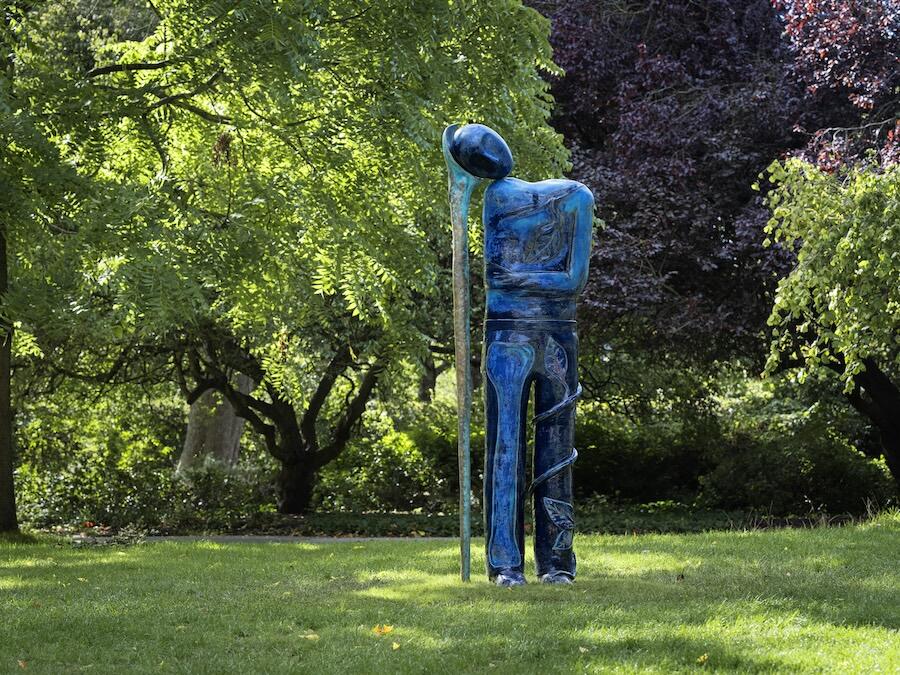How can the property sector collaborate to drive sustainable change in the industry?
Here at REDD we believe players in the property ecosystem have the opportunity to become a tour de force for driving sustainable transformation of the industry’s practices. From investors to developers and project managers, as well as architects and interior designers, the construction of buildings and adorning of spaces can influence environmental change if businesses adopt responsible strategies.
In conversation with sustainability writer and journalist, Amy Nguyen, CEO Russell Smithers and Marion Baeli, Partner at Studio PDP, discuss a refreshed approach to improving current residential stock, how they create developments with sustainability in mind and how it influences design considerations and project management approaches.
Russell Smithers, CEO & Co-Founder at REDD, recounts that sustainability has become front and centre for REDD’s approach to design and development. “In an uncertain market there is a natural flight to quality, and quality definitely includes sustainability credentials,” he says.

What are the obstacles that face the property sector and construction industry more broadly in achieving sustainable development? The World Green Building Council reported that buildings are currently responsible for 39% of global energy carbon emissions, 11% of which originates from materials and construction alone. Emissions released during extraction, manufacturing, transportation, construction and end-of-life phases of buildings represent a risk to the sector. Smithers comments that “Embodied carbon has rapidly climbed the planning agenda, and we are now seeing this held in equal weighting alongside traditional planning considerations.”
Waste is another area with a significant impact. As an estimated third of the world’s waste comes from construction, there is an incentive to demonstrate efficient waste management if developers and organisations are to remain attractive and mitigate their impact on the environment.
Policy developments including COP26’s takeaways on phasing out coal, COP27’s emphasis on implementation, as well as COP15’s emphasis on biodiversity have added to calls for improvement. Equally, the EU Corporate Sustainability Reporting Directive will push large and listed companies in the industry to share how their activities impact on people and the planet.
The road to solutions must be paved with a systems-led approach that adopts innovative strategies across the property life cycle, from retrofitting to design and waste recycling.
Marion Baeli, Partner at Studio PDP underscores the importance of systems thinking, “As an architect, I learned to consider the building as a larger system that includes the environment, society and economy, instead of focusing solely on a building’s aesthetic quality.”

Industry standards like PassivHaus and NABERS are helping to push the boundaries of sustainability, in particular energy demand, and improve transparency and accountability. They help align key stakeholders, provide standardised definitions and facilitate meaningful comparisons between buildings and their environmental performance. “They create incentives for developers, architects and contractors to prioritise environmentally responsible practices”, says Baeli. She recounts how new initiatives like the UK Net Zero Carbon Building Standard will enable industries to design and monitor their built assets against the same net zero carbon definition, in line with national climate targets.
The circular economy can positively influence the property life cycle with a focus on design principles that eliminate waste and pollution as well as keep materials in use. REDD’s CEO Smithers urges that “We need to close the loop on materials, processes and technologies – every project should seek to purchase recycled and low-carbon materials from the outset.” He adds that “During initial construction phases, elements such as ground source energy, insulation, glazing and filter systems should all be considered.”
Resilience and adaptability to changing climatic conditions are also important factors for architects like Baeli at Studio PDP. “We consider how the building interacts with the natural environment – for instance, optimal orientation for winter solar gain as well as mitigating its impact on the urban heat island effect” she notes.
Retrofitting to encourage efficiency across energy and water usage has never been more salient. Beyond solar panel installation, heat pumps are fast becoming the new sought-after renewable energy system. Smithers shares ambitions for REDD’s One Palace Green development, where there will be no gas entering the site and all heating and cooling are carried out via a Ground Source Heat Pump borehole system.
How can collaboration across the property ecosystem evoke a positive environmental impact? Studio PDP’s Baeli believes that awareness building, incentives and systemic changes are essential to do so. Most importantly, she underlines that “We need to work together to upskill the property sector to deliver more responsible ways to build and operate our buildings” - Baeli’s published book on residential retrofits and case studies hopes to inspire such change.
Smithers at REDD adheres that the luxury sector has an important role in driving change through its tendency to be an early adopter of innovative technologies that can facilitate sustainable transformation. As he sees it - “Changing attitudes and perceptions is one of the hardest things to do, but if it’s championed in a tangible, meaningful way from the top, it can create lasting change.”
Written by Amy Nguyen
Amy is a researcher and writer focusing on sustainable business and supply chains. She works with environmental think tanks and research advisory firms, as well as early-stage companies across the energy, tech and retail landscape. Alongside being a Forbes contributor, her work has been featured in the Times and Sunday Times, BBC, Vogue, the Guardian and global news outlets.
The REDD Journal is a compendium of market insights, interviews, trends and lifestyle-led articles from the REDD world. Discover more here.







